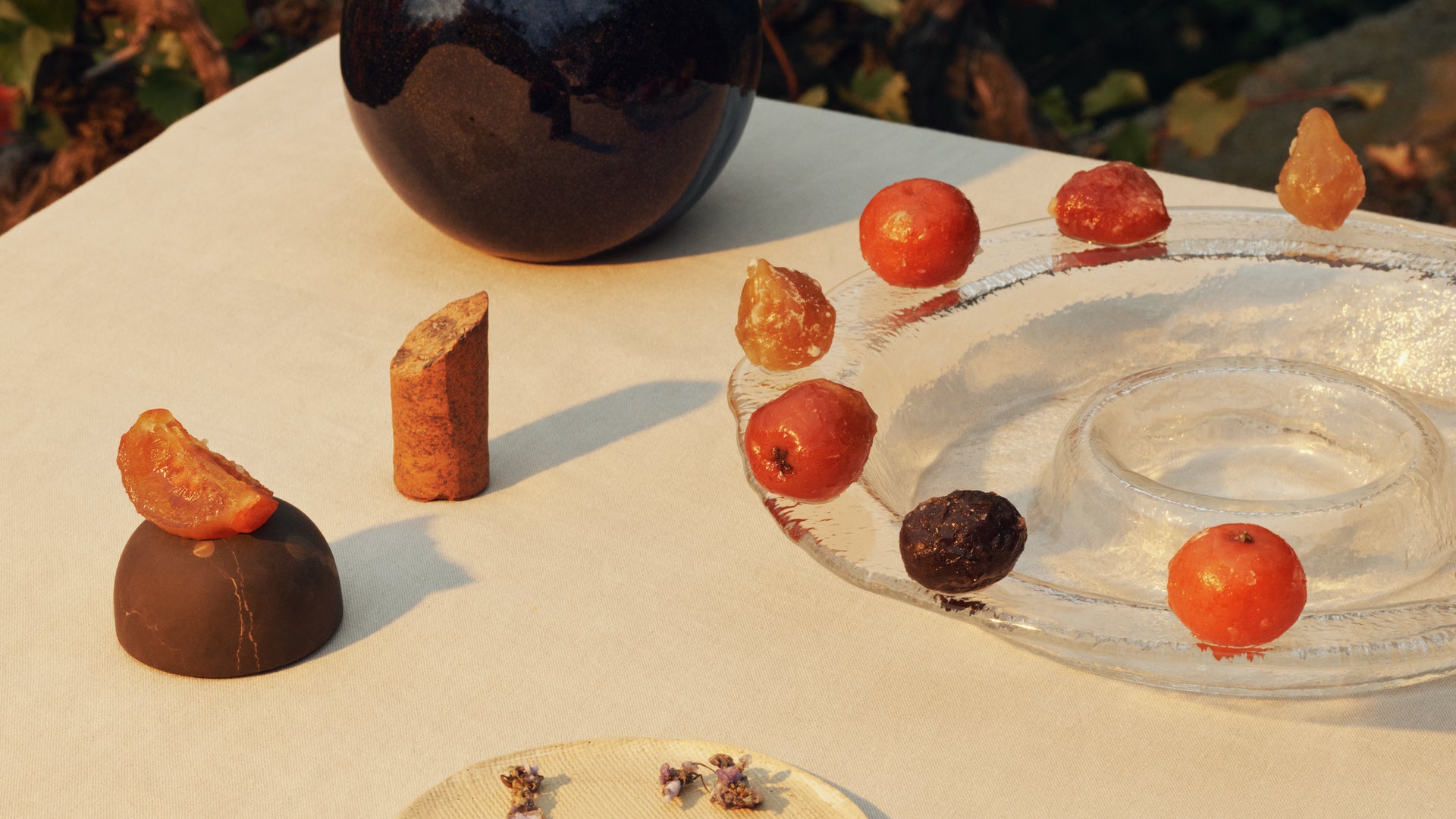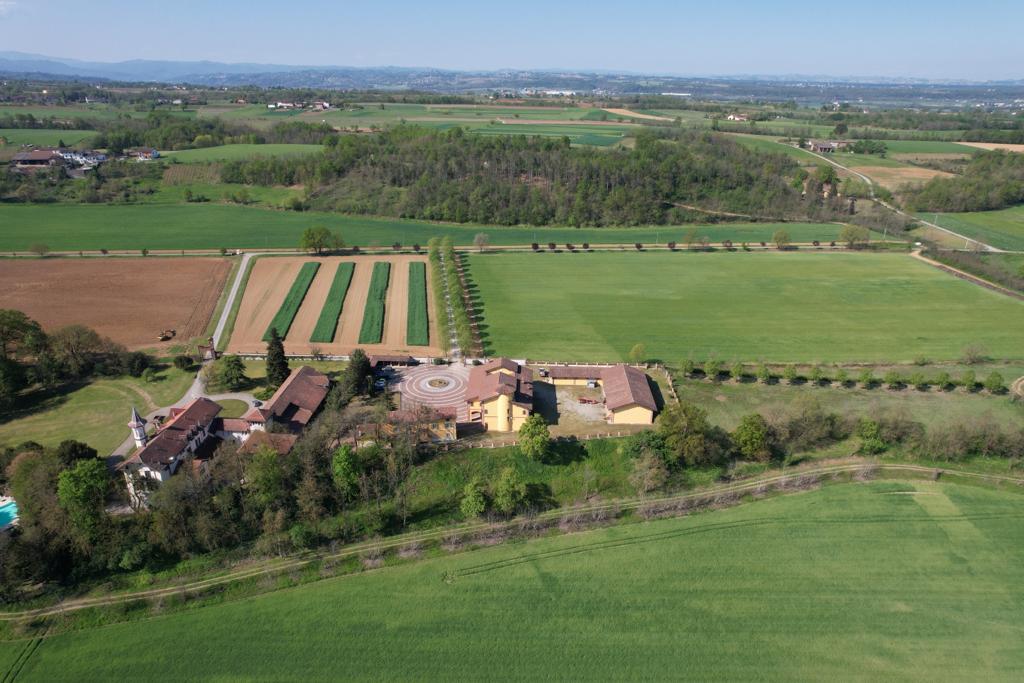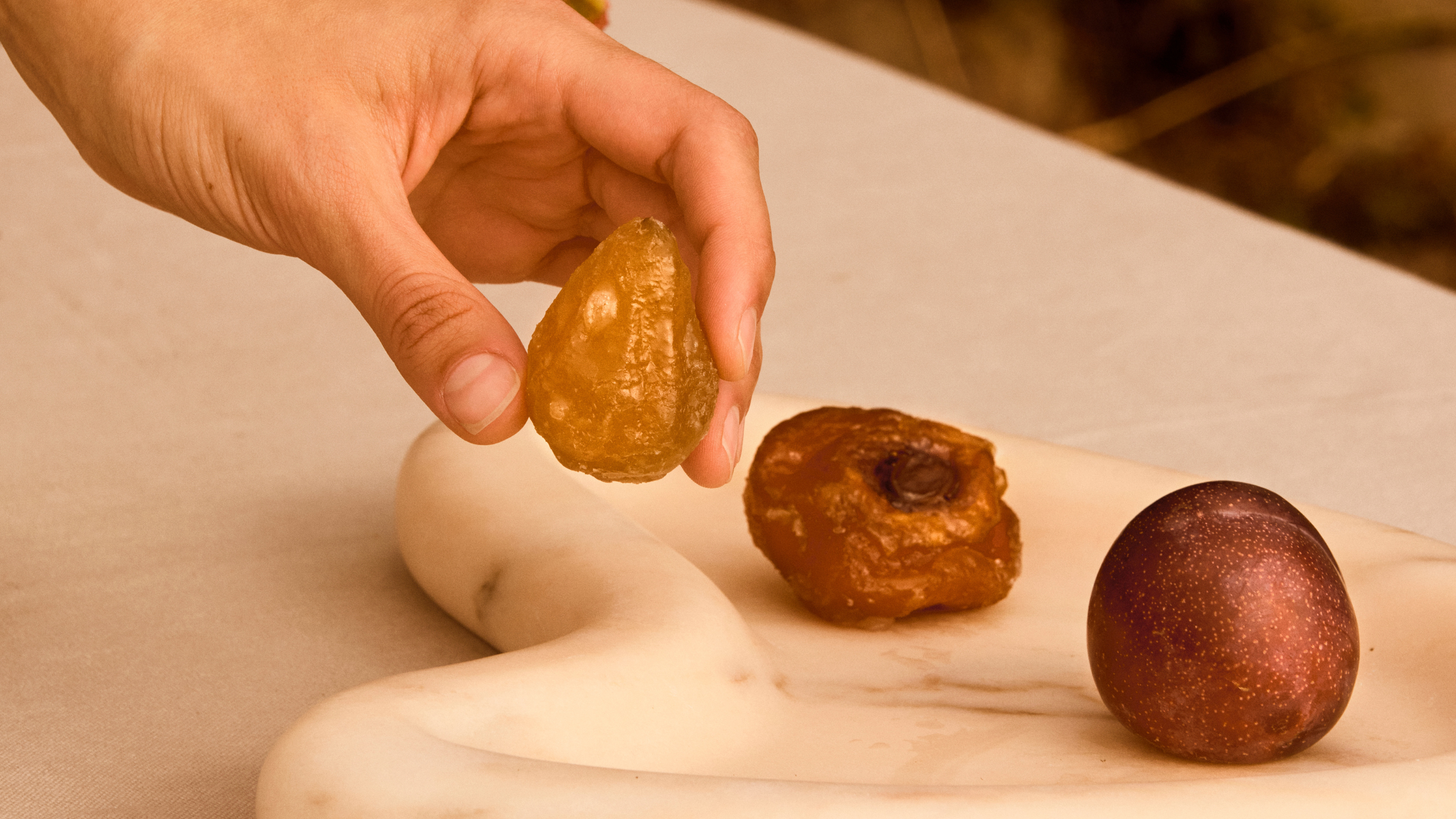
OUR VISION
Since 1780, the philosophy of Romanengo has remained unchanged, and is based on making the very most of natural raw materials, such as fruit, plants and flowers, through the skills of its craftsmen and its recipes. These make up our genuine heritage, which we'll continue to hand down through the generations, as we're convinced that they're as fundamental as ever today, and that they offer a valid alternative to the world in which we live. We believe that it's essential for this world to retrieve a sense of balance between an aggressive system of production on the one hand and, on the other, a model which encapsulates and respects universal values, with hand-made articles, short supply chains, a focus on quality and the time it takes to achieve it. All Romanengo products are made entirely by hand by our master craftsmen, and our production philosophy involves the acceptance of how long it actually takes to produce when working to certain recipes which have remained unchangedthroughout the centuries, as it's only in this way that we can enhance the flavour and quality of the finished product.
Our craftsmen, the "custodians" of this culture, hand down the beauty, diversity and salutary benefits of a world of nature which is in danger of becoming suffocated and which is no longer at the centre of the human world. Our intention is therefore to recreate the link between man and nature, with all its glorious biodiversity, within our stores.
Romanengo has been influenced by its geographical position, and its history goes hand in hand with that of its home town, Genoa, whose vicissitudes are inseparable from its location, facing the sea with the valleys and rich wooded hillsides behind it. Within this territory, we find the huge variety of fruits, such as sweet oranges and the bitter variety known to the Italians as chinotto, and flowers, including roses and violets, which are used in our recipes, in combination with the bounty of spices brought back by merchants from their long sea voyages. The area around Genoa has therefore played a fundamental role in the development of our know-how and traditions which, in the course of a long and fertile relationship between history and geography, have become our precious heritage.
As we grow, therefore, we preserve and reinforce our skills based on innovation forged out of experience, with the ultimate aim of enriching our knowledge of nature and our production values. This is one of the greatest challenges that we face in our contemporary world, but it also forms the basis of our philosophy and is an essential part of our raison d'être. Nature preserved.
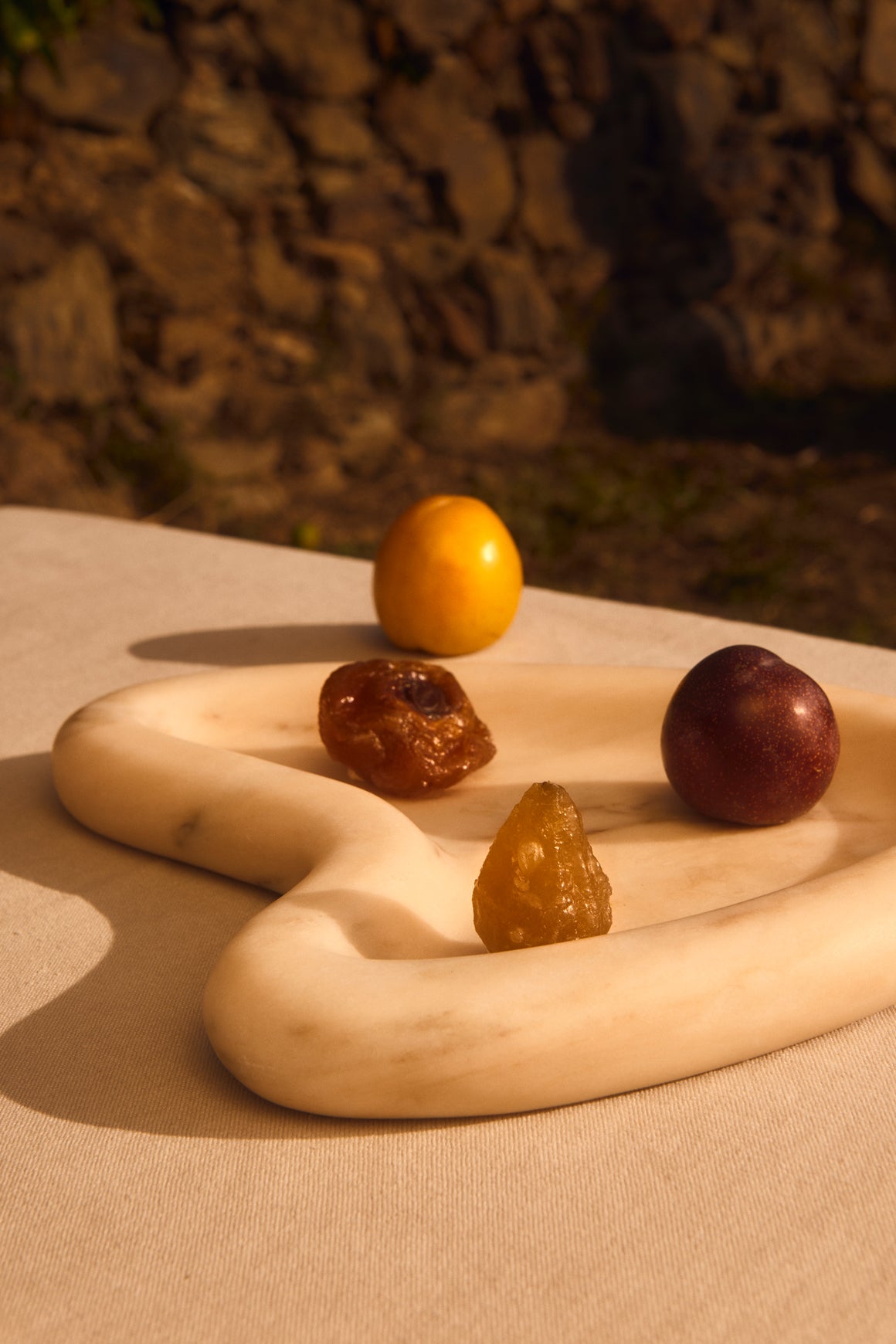
Our candied fruit is created out of the inherent and timeless essence of the raw materials.
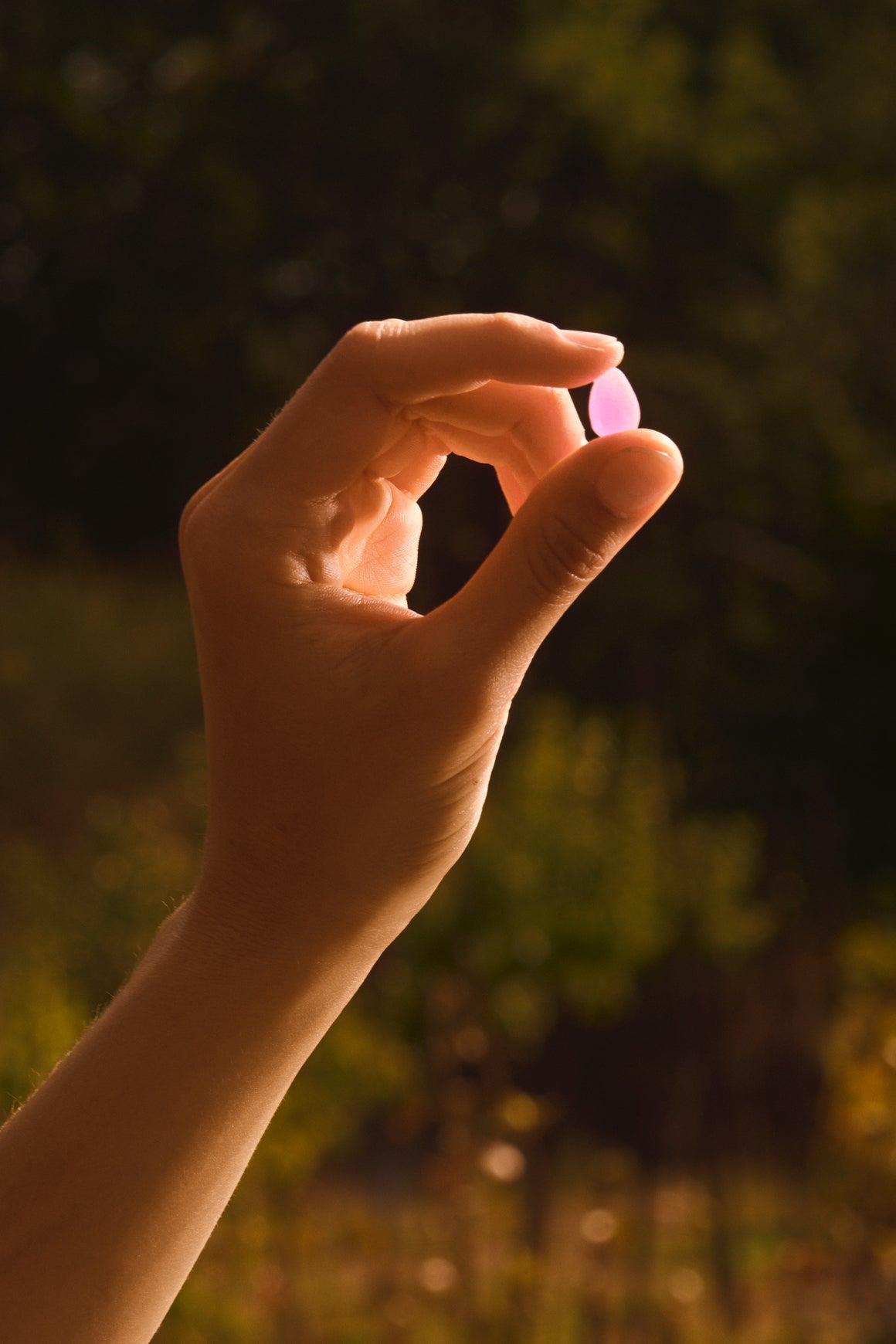
And out greatest ambition is to hand down the ancient skills capable of capturing nature.
Pietro Romanengo, 2019
CONTEMPORARY CRAFTSMANSHIP SINCE 1780.
Pietro Romanengo fu Stefano, our origins.
The “Pietro Romanengo fu Stefano” Antique Confectionery Shop (antica confetteria) was founded in Genoa in 1780, when Antonio Maria Romanengo travelled down the valley of the River Po to Genoa from his birthplace in Voltaggio, situated in the hills behind the city whose great harbour was a crossroads for international trade. Later, it was the intuition of his sons Stefano and Francesco which contributed the craftsmanship and skills that went into the finest confectionery of Genoese tradition, such as candied fruits and almond-based sweets and pastes, the secrets behind whose creation the Genoese discovered in the Orient, along with sugar, back in the times of the first crusades.
The crusaders and the merchants of Genoa discovered sugar in 1099, during the three-day siege of Tripoli in Syria. In the period immediately afterwards, this product,along with the recipes for its use, became increasingly widespread in Genoa. It was with his knowledge that the manufacturing traditions began.
Historically, candied fruit came to be regarded as an important part of a seaman's diet, as it was believed that it supplied a significant quantity of the nutrients needed to sustain him during a long sea voyage.
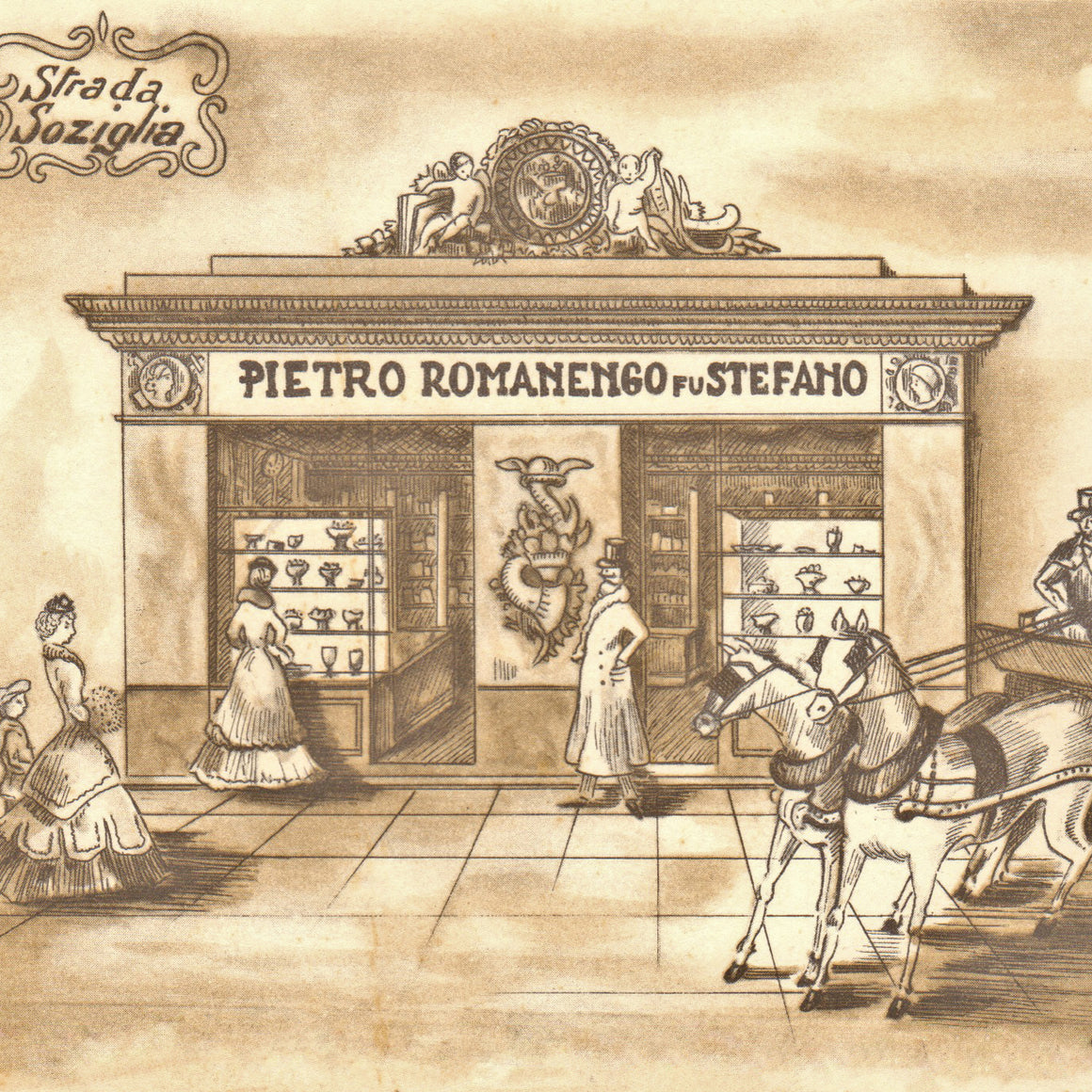
The historic Bottega Storica di Soziglia at the time of Giuseppe Verdi, one of our esteemed admirers.
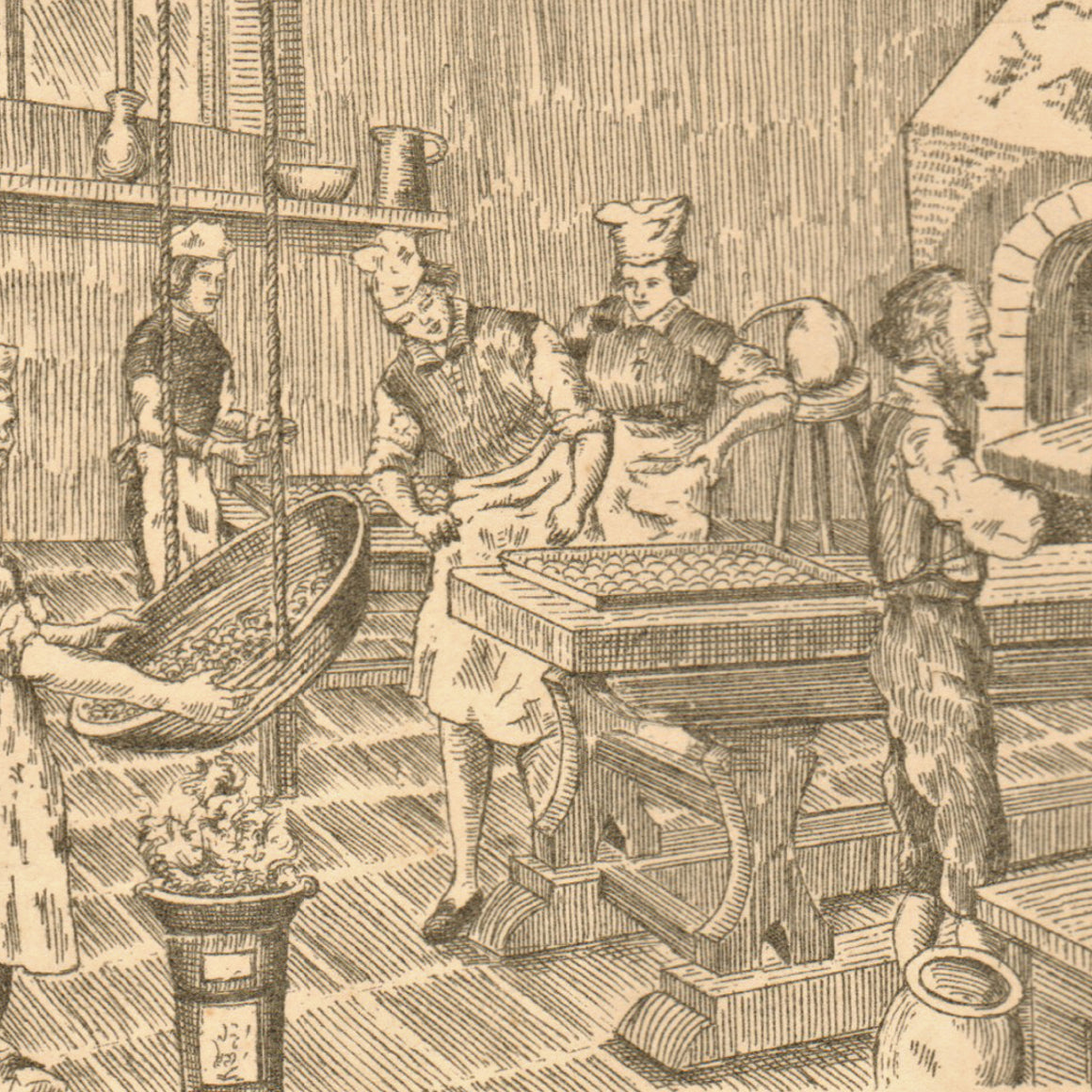
Our workshop in 1780.
Romanengo survived the Napoleonic Wars and the dramatic blockade of Genoa of 1800. At the time of the Restoration, the family opened its Soziglia shop in 1814,which was later renovated in 1853, inspired by the most elegant confectionery stores of Paris, the city which was regarded as the very epicentre of the confectioner's art in the 19th century. During their frequent visits to the French capital, Stefano and his son Pietro obtained the ideas they needed to enrich their store with the latest novelties from France, from chocolate to a huge range of confectionery products. The example was therefore set by the precious shops of the French confiseurs-chocolatiers,backed up by their richly equipped workshops and a flourishing literature on the art of confectionery. And so it was that, in Soziglia as in Paris, the craftsmen worked on candied fruits, chestnuts, chocolate, confectionery in its many guises, preserves, syrups and a huge repertoire of French-inspired specialities.
When Pietro Romanengo fu Stefano restored the Soziglia shop in the
mid-nineteenth century, his intention was to associate the company name with a trademark (P R fu S). In homage to the fact that the store was opened in 1814, at the end of the Napoleonic Wars, he opted for the dove of peace, because it was only with peace that the city of Genoa in general and its confectionery maker in particular had any hope of prosperity. After the revolutions of 1848, which Romanengo also experienced as a period of significant destabilisation, the tranquillity that the family most urgently desired to enable them to get on with their work in peace was finally achieved. The good times had arrived, with the Duchess of Galliera, who placed daily orders with the store for chestnuts, fondants and candied fruits, and orders were received from the central headquarters of the ducal palaces for sugar-coated bouquets of violets and gardenias.
It was at this time that exports of candied fruits to the Americas and Northern Europe began to flourish. A frequent visitor to the store was Giuseppe Verdi, who accompanied the candied fruits which he sent to his friend Count Conte Opprandino Arrivabene with a letter which can be seen today in the La Scala Theatre Museum in Milan, in which we read: “[...] living as I do in the midst of these sweet delights, I hadn't noticed that Romanengo knows how to work the most exquisite magic from all kinds of fruit [...] acquaintances from Paris told me about this [...] having made this discovery, I wished to be a part of it”.
Umberto I of Savoy came into the store in preparation for his marriage with Margherita, as did Umberto II, who loved pink liqueur cherries. Queen Elena also got in on the act, when she commissioned a pistachio nougat in the Montenegro style. Followed by the Duchess of Aosta who, as a sign of her appreciation, permitted Romanengo to incorporate her ducal coat of arms in the company sign, a privilege which, however, the family never used, preferring to continue with the dove of peace. The splendours of the 19th century continued into the 20th, as the company's products came to be loved by the middle classes and the Genoese firms, who followed in the footsteps of the customers from the ancient nobility. It was never the intention of Romanengo to act solely as a supplier to the élite, however, as the company wanted to cater to customers of all classes. Rather than concentrating on the luxury market alone, it placed the emphasis on good taste and traditions of fine quality.
In the course of the years, then, with their succession of epidemics (it was the Spanish flu epidemic which caused the death of Emmanuele Romanengo, an important figure in the company history), wars of independence, the wars for the Kingdom of Italy, and the world wars - as a journalist once wrote: “with the Romanengo family, you can never be sure what wars it is that they're talking about”- the Romanengo family, in the days of Stefano in Pietro, with their united spirit and Catholic faith, were able to keep the traditional recipes, with their slow, natural processes, and the quality of the products, alive and well. In this way, the family shop grew to become a point of reference for confectionery in the grand traditions, and its renown spread beyond the boundaries of Genoa. The business magnate Jean-Sébastien Decaux entered the corporate structure, offering his support to the Romanengo family with his passionate backing for the traditional craft nature of the production processes and the insistence on excellence, and contributing new stimulus for growth and the company's development projects, fully in accordance with the ancient traditions and values in confectionery.
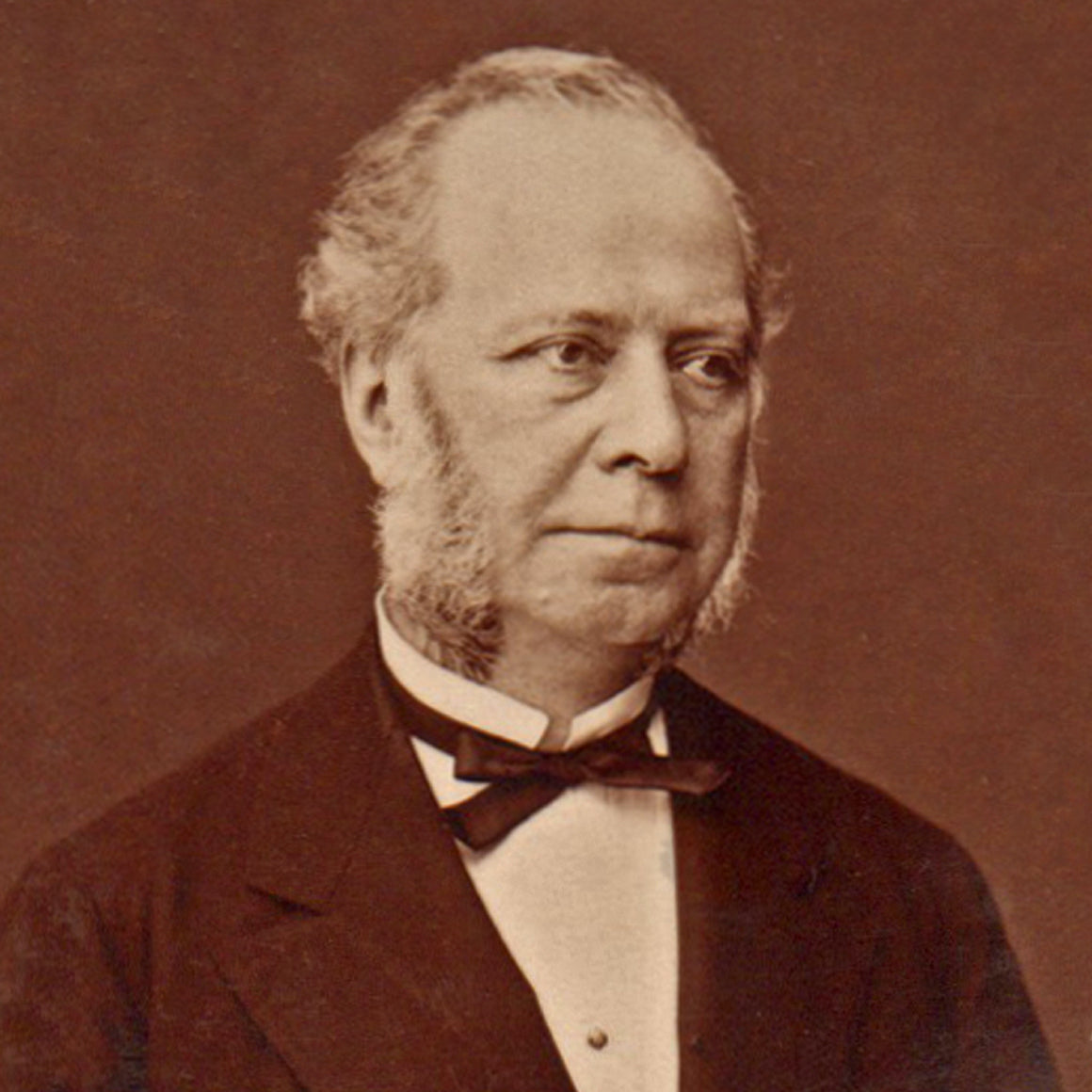
Pietro Romanengo, around 1885
Genoa, our home town.
Genoa, which, in the course of time, has expanded up the slopes of the hills that look down on it, enclosing it within a narrow strip of land facing the water. By its very nature, this is a city which had to reach out towards the sea which, in one way or another, has always been an integral part of its existence. The geographic position of the city has also played a vital role in shaping the character of its people, who could best be described as lean, sober, proud, tenacious, with a decidedly mercantile spirit. The history of the city has been forged by the combination of these factors, which give it its distinguishing features and make it difficult to compare with other towns of similar size. From the time of the crusades to the Holy Land to the era of flourishing trade throughout the Mediterranean and the Near East, the oligarchic splendours and pleasures of the Republic of Italy and the expansion of the worlds of finance and banking into all the cities of Europe, the Genoese have always displayed that courage and determination which has enabled their city, with its natural harbour, to play a leading role, which explains how much it has been coveted and fought over by the great European powers in the course of the centuries.
As agricultural production in the region is by its nature limited, it was
essential to procure everything that the territory was unable to produce from the outside. From the 17th century onwards, the sea has always been the main means of communication for the day-to-day movements of goods along the coast, and for trading within the Mediterranean area and with the new territories beyond the ocean. Around 1780, at the start of the documented history of the Romanengo family, the sun was setting on the oligarchic Republic of Genoa, which had emerged with Andrea Doria in 1528, and, as a consequence, the traditional city authorities began to lose their powers. The spirit of the French revolution arrived in the city, andcreated the bases for the emergence of the short-lived Ligurian Republic, which enabled the city to retain a certainautonomy between 1797 and 1805, even though it fell under the protection of France. This was a period of several momentous events, such as the terrible siege of spring 1800 bythe Anglo-Austrian militia, during which Genoa was briefly occupied by imperial forces.
The victory of Napoleon over the Austrians at Marengo (in June 1800) enabled the Republic to be restored, but the French influence continued to intensify, to the point where the city was actually incorporated into France in 1805. That nation, with its burdensome system of taxation and the introduction of compulsory military service, accentuated the commercial difficulties facing the city, which were partly the result of the "continental blockade" imposed by Bonaparte, who prohibited ships from England and its colonies from mooring at the gateways to his empire.
As of 1815, by means of a decision by the Congress of Vienna, Genoa and Liguria were annexed to Piedmont under the Savoy ruling family, which, while recognising that the region was a natural maritime outlet for their territory, was initially reluctant to exploit the mercantile traditions of the city, and indeed, on the contrary, suffocated it with punitive duties and a policy of protectionism.
From 1821, with the new king, Carlo Felice, and even more so with Carlo Alberto starting in 1831, the Savoys adopted a more positive policy towards Liguria, with improved road communications, legislative and administrative reforms, and a free market economic policy, all of which encouraged the recovery of trade and the creation of a wealth-based oligarchy in which the merchants, shipowners, entrepreneurs and bankers played a leading role.
GIUSEPPE ROMANENGO, 1968
THE CULTURE OF OUR BOTTEGHE
The confectionery maker's art involves conserving the products of nature and replicating their appearance and flavour, through the skilful processing of sugar. In the course of time, Romanengo has retained its original identity as a confectioner, in the most traditional sense of the word, by quite simply processing fruit, flowers, spices and flavourings along with sugar, in the time-honoured manner. The production processes are still organised on the basis of the French and Italian model of the 19th century, which means that the operations are divided up into a number of departments, known as botteghe (meaning shops or workshops, singular bottega), run by our master craftsmen, who faithfully adopt the recipes of the traditional confiseur-chocolatier, and the Genoese art of candied fruit manufacture.
The fruit and flower bottega
Ancient oriental wisdom discovered how to preserve fruit and flowers using sugar. From medieval times, cooks, convents and Genoese craftsmen, who acquired this knowledge during the first crusade, were able to perfect the art of fruit candying, which made them famous not just in Italy but in France too. In this shop, with its ancient Fourneau cooker, we follow the ripening seasons and the slow rhythms that the traditional recipes demand to enhance the rich flavours of the fruit and flowers in our glazed candied fruits, meshed citrus peel, marrons glacés perfumed with distilled orange blossom water, crystallised wild violet flowers and fruit and flower preserves. The processes make use of a variety of tools and equipment, including fruit cookers and heated candying tanks, but what makes these products authentically unique is the manual skills of the master candier and his apprentices and assistants.
The sugar coated bottega
"La dragée est la partie la plus difficile des travaux du confiseur" (sugar almonds are the most difficult part of the confectioner's work): Barbier Duval, “L’art du confiseur moderne” (Paris,1879). This was written at a time when the hand-held mixing bowl known as the Branlante was used to achieve incomparable quality levels. This was replaced in 1840 by the mechanical mixer, and it's only through the remarkable skills of our confectioner that we're able to make products of similar quality today. We make confectionery in a very ancient style, incorporating and preserving the seeds and other parts of plants and spices due to the way in which we use sugar. Our raw ingredients include Avola almonds, Italian pine nuts, Bronte pistachios, candied citrus peel, cinnamon bark, toasted coffee beans and fennel seeds.
The fondant bottega
This workshop is believed to date back to 1667, when La Varenne published his Le parfait confiturier in France. This treatise contains the first description of how sugar syrup behaves during the cooking process, from the instant when it comes to the boil to the appearance of caramel. In a style that was almost poetic, the author described the various stages in the cooking process: nappé, lissé, petit perlé, petit and gros soufflé, petit and gros boulé, petit and grand cassé and caramel. In our bottega, our craftsmen have mastered the difficult technique of “polishing”, which is used to preserve the products in a natural way. Using this method, the sugar is processed in various shapes and colours, in the form of fondants, rosolio drops, fruit pastes and all the other products, which bear important witness to the that vital moment when craft know-how and the creative imagination combine.
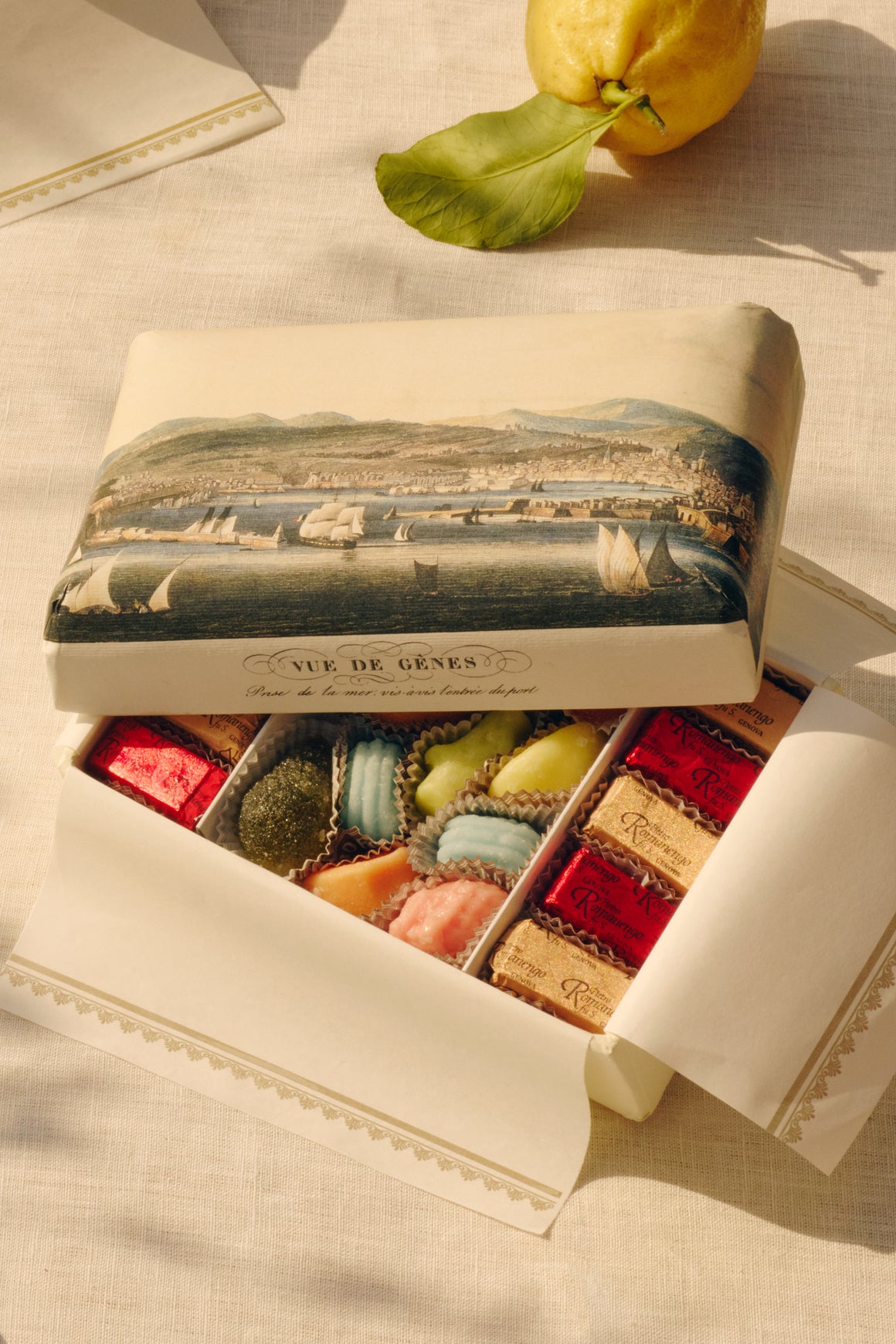
The Romanengo boxes, objects which have taken on iconic status, are made exclusively by hand, because craft skills. Are an inherent part of our identity.
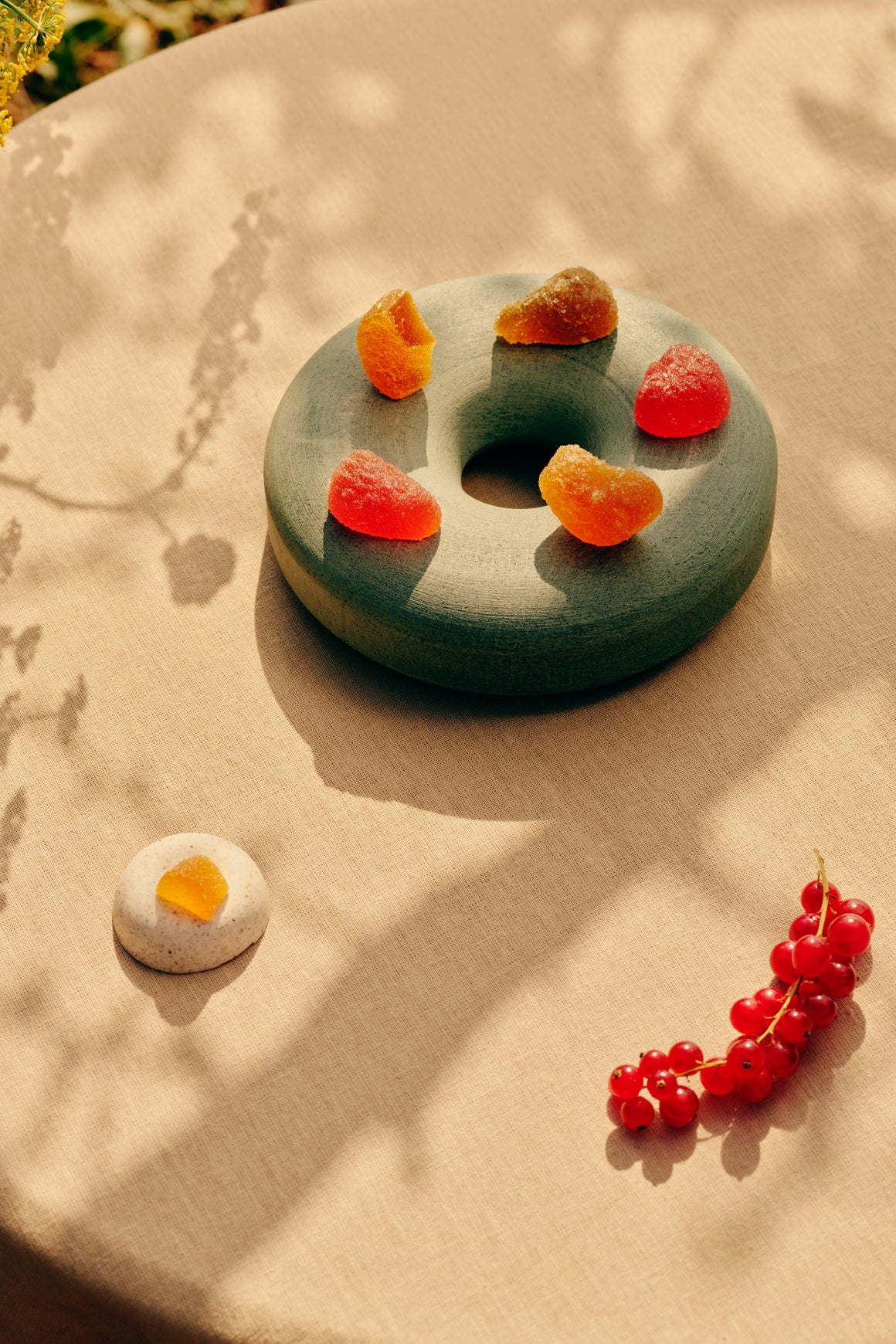
Our product: the culture of our history, origins and
traditional skills.
The chocolate bottega
We shape our milk and dark chocolate into bars and other forms, and make the santé non concato (unrefined, with no conching) format of nineteenth century tradition, whose secrets are all but forgotten today. Chocolat de santé was created in France to distinguish good chocolate from the poor quality adulterated product which is so frequently sold. This is a genuine product consisting only of cocoa and sugar in equal quantities. The traditional machines still used in chocolate production operate to the rhythms of the past, and can't be rushed. Here we see an 1863 De Batiste granite mixer, a Carlo Montanari steel cylinder refiner from the fifties and a Melzi granite longitudinal conching machine from the forties.
The sweet confectionery bottega
We use our antique stove, or “Four”, to make raw or fondant almond paste in various shapes and flavours, including our typical Lenten sweets and coloured Easter eggs. Some of the best known Romanengo sweets include caramelised fruits, truffles, meringues, glazed petit fours, miniature pastries and nougats. Outstanding among these are the pistachio fondants commissioned from Romanengo by Queen Elena to remind her of the nougats of her native Montenegro.
These are processed entirely by hand, with the special craftsman's touch that gives them a surprisingly precise appearance which is such a delight for the customer's eye. The few machines in the workshop are used only to prepare the mixtures, and include a granite cylinder refiner from the 19th century, nougat maker from the forties and a cream mixer.

